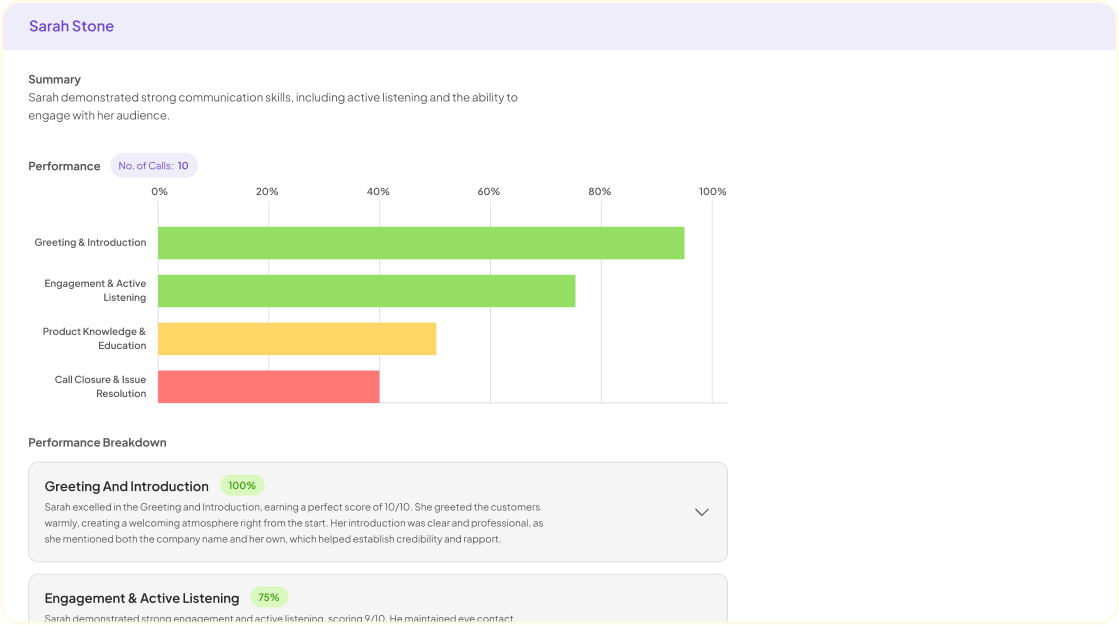Audio Transcription is an essential tool for capturing the intricacies of spoken dialogue within business interactions on Zoom. This powerful feature allows users to convert their audio files, such as mp3 recordings, into readable text. By doing so, teams can analyze conversations for key insights related to customer pain points, desires, and behaviors. Understanding the benefits of such transcriptions can significantly enhance project collaboration, data synthesis, and overall communication efficacy for professionals aiming to distill valuable information from their virtual meetings and interviews.
Preparing Your MP3 File for Transcription with Zoom
To ensure a seamless audio transcription process using Zoom, its imperative to prepare your MP3 files correctly. Start by ensuring that your audio clarity is optimal; poor sound quality can significantly hinder accuracy. Its advisable to use noise-cancellation software or tools to minimize background interference before uploading your file for transcription.
Once your audio is clear, label the MP3 files concisely to reflect their content. This will facilitate easier organization and retrieval within Zooms library and project systems. For those seeking specialized transcription tools, Insight7.io offers capabilities to not only transcribe but also to pinpoint insights such as pain points, desires, and behaviors within the transcript, elevating the value of your transcribed text.
Remember that the accuracy of transcription can be improved by identifying speakers in the recording. Before uploading your files to your transcription service provider, be sure to check that the file format is compatible and that the audio levels are consistent throughout the recording. The cleaner and more organized your submission, the better the quality of your final transcribed text will be.
Converting MP3 to a Compatible Zoom Format
Before you can tap into the power of Zoom for audio transcription, its crucial to ensure your MP3 files are in a format compatible with Zooms system. Converting your MP3 to a supported audio format is a straightforward but necessary step to facilitate smooth transcription services.
Use an Online Conversion Tool:
Many online audio converters offer free services to change MP3 files into Zoom-compatible formats like M4A, WAV, or MP4. Tools like Zamzar or Online Audio Converter can quickly perform the conversion with just a few clicks.Employ Audio Editing Software:
If you require more control over your audio files quality and conversion settings, software like Audacity (which is free) or Adobe Audition can assist you in converting and further editing your MP3 files.Utilize Media Player Software:
Popular media players, such as VLC Media Player, not only play a variety of audio formats but also have built-in features to convert files into different formats.Leverage Built-in Computer Solutions:
Depending on your operating system, you may have pre-installed programs that can convert audio files—like Windows Media Player or Apples iTunes.
By ensuring the file is in a Zoom-friendly format, youre setting the stage for a successful audio transcription process. Make sure to check the quality and clarity of your recording beforehand, as this significantly impacts the transcriptions accuracy. This step is essential for professionals who rely on precise transcriptions for their work or business needs.
Uploading Your Audio File to Zoom
Before you can dive into audio transcription with Zoom, its essential to upload your MP3 file to the platform. This process is straightforward and user-friendly, ensuring you have your audio ready for transcription in no time. First, access your Zoom account and navigate to the My Library section on the dashboard. Here, you will find the option to upload your audio file. By selecting Upload and choosing your MP3 file, your audio will be quickly added to your personal library.
Once uploaded, you can give your audio file a descriptive title to make it easily identifiable for future reference. With your file in place, you can take advantage of Zooms features like sharing with team members and organizing your files into projects for in-depth analysis. Remember, you always have the flexibility to rename the file or analyze it individually to gain valuable insights into that specific audio. The upcoming updates will soon allow you to see what your teammates have uploaded, providing even greater collaboration within your team library.
Transcribing MP3 to Text with Zoom
Converting recorded MP3 files from Zoom interviews into text is a necessity for many professionals looking to streamline their workflows and efficiently gather customer insights. The process, known as audio transcription, becomes invaluable as it transforms lengthy recordings into searchable, editable, and shareable text documents. This adaptation not only saves countless hours but also reduces the likelihood of human error and bias in data analysis.
The transcription landscape has evolved, offering tools that not only transcribe but also analyze text to extract significant insights. This means that important themes such as customer pain points, desires, and behaviors can be easily identified without the tedium of manual review. With the implementation of such technologies, collaboration becomes more efficient despite data being scattered across various files and formats. Moreover, the credibility and accountability of the gathered data are heightened, ensuring that the insights generated are consistent and of high quality.
Using Zoom's Built-in Transcription Feature
For busy professionals aiming to enhance efficiency, utilizing Zooms built-in transcription feature can transform the way audio content is used in your work. By using this feature, Zoom can quickly transcribe the audio from recorded calls into text, eliminating the tedious task of manual transcription and enabling a focus on extracting valuable insights. This built-in capability saves time and reduces the risk of human error, ensuring more consistent and accurate analysis of customer calls, meetings, or interviews.
The transcription process begins as soon as your MP3 file is uploaded into Zoom. The platform then utilizes advanced speech recognition technology to generate a written version of your discussion. Once transcribed, the text is readily available, allowing you to identify key points such as customer pain points, desires, and feedback promptly. This efficiency in transcription not only accelerates project delivery but also streamlines collaboration, as the data is easily accessible and shareable among team members. Additionally, with tools like insight7.io, its possible to further mine transcripts for specific evidence and insights, adding depth to your qualitative data analysis.
Exporting and Editing Your Transcription
Once your audio transcription is complete, the next step is to export and refine the content to ensure it aligns perfectly with your business needs. Exporting the transcription from the service should be straightforward – most platforms offer the ability to download transcripts in various formats such as TXT, DOCX, or PDF. This allows for easy integration into your workflow, whether for content creation, analysis, or record-keeping.
Editing is essential to correct any discrepancies that automated transcription services may have overlooked. Software tools with strong editing features can make this process much simpler. For instance, tools like insight7.io provide an intuitive interface for combing through the text and making necessary adjustments. Other useful tools include Audacity, which is great for audio editing and can help with pre-transcription clean-up, and grammar checkers like Grammarly, which can automate the correction of simple typographical and grammatical errors in the transcribed text. By utilizing these platforms, you can assure that your transcripts are accurate, reflecting the quality and professionalism of your business.
Conclusion on Audio Transcription with Zoom
In conclusion, the capability to transcribe MP3 files to text with Zoom can significantly streamline the process of analyzing customer interactions and extracting valuable insights. While current transcription quality can vary, advancements in this area are promising, hinting at a future where identifying key themes and evidence from audio becomes more accessible and accurate. For businesses looking to capture the subtleties of conversations and turn them into actionable data, investing in such transcription tools can be a game-changer, ultimately enhancing their ability to serve their customers needs.


